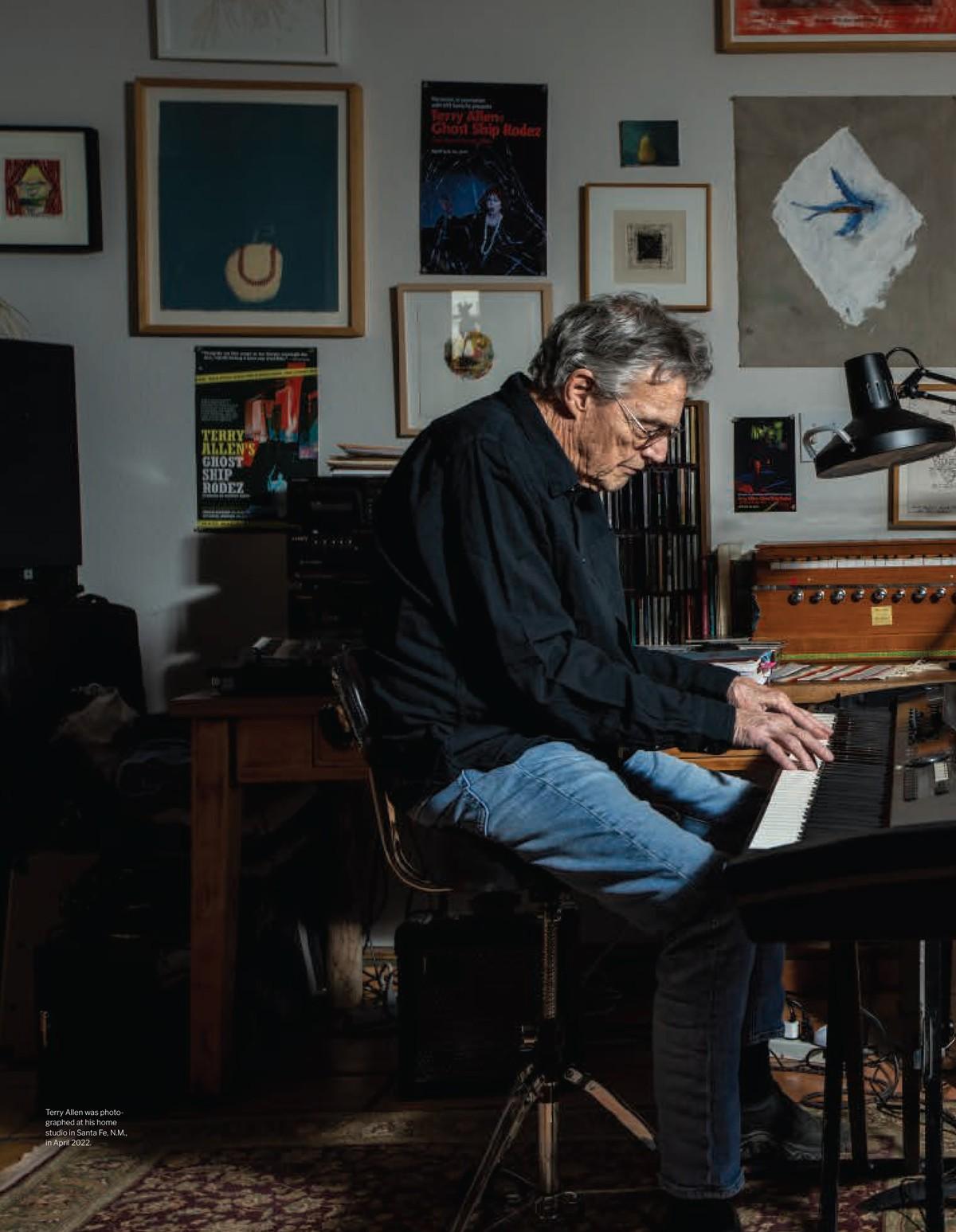TERRY ALLEN (ON EVERYTHING)
Portrait of a panhandlin’, manhandlin’, postholin’, high-rollin’, dust-bowlin’ daddy.


Terry Allen, the artist, musician, storyteller, painter, and sculptor, remembers sitting in the bathroom of the club his retired-ballplayer dad owned in Lubbock, Tex., as a kid, listening to music and looking at the porno drawings people did on the walls. “A very early influence,” Allen says, “hearing music, looking at pictures.”
Taking in Allen can feel similarly illicit and enveloping. Switching off, over a 50-year career, between painting, sculptures, installations, and music, Allen’s work has stayed equal parts free and exacting across those mediums. As a recording artist and painter, Allen’s cut 14 full-lengths, been awarded a Guggenheim fellowship and an NEA grant, seen his songs covered by David Byrne and Guy Clark, and had his work end up in collections at the MoMA and the Met. He’s someone either ahead of his time, or apart from it: a multihyphenate literate giant whose catalog stretches out into just about everything.

